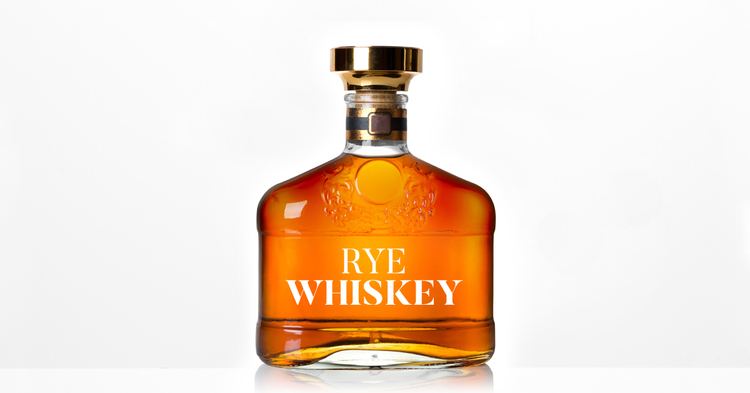 | ||
Similar | ||
Making rye whiskey at new york distilling co
Rye whiskey can refer to either of two, different, but related, types of whiskey:
Contents
- Making rye whiskey at new york distilling co
- American rye whiskey
- Differences between rye and bourbon
- Canadian rye whisky
- References
- American rye whiskey, which must be distilled from at least 51 percent rye;
- Canadian whisky, which is often referred to as (and often labelled as) rye whisky for historical reasons, although it may or may not actually include any rye in its production process.
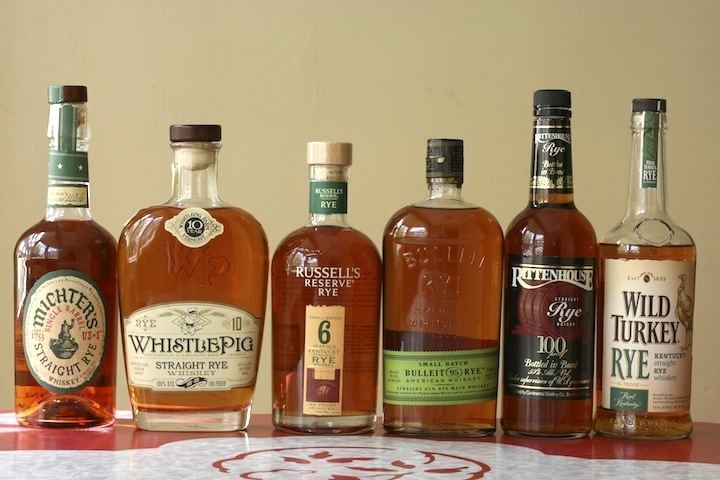
American rye whiskey
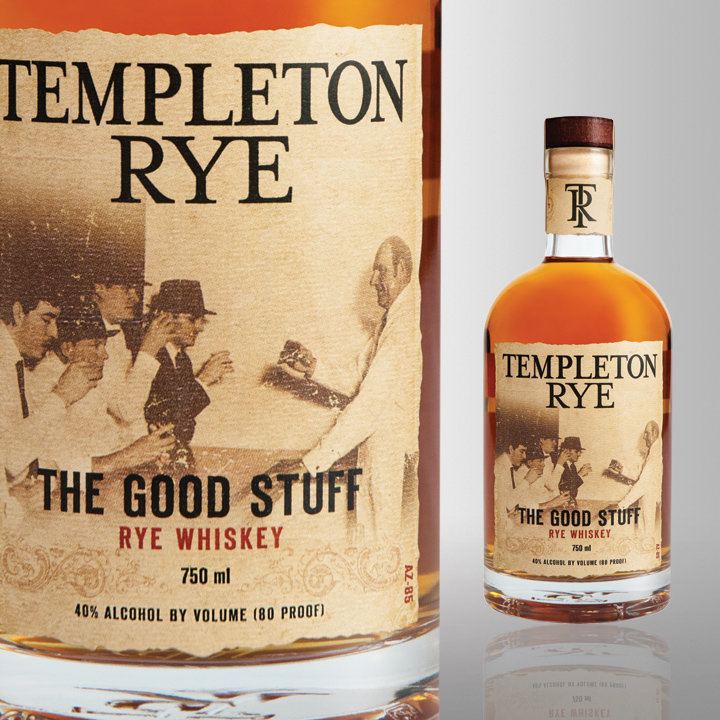
In the United States, "rye whiskey" is, by law, made from a mash of at least 51 percent rye. (The other ingredients of the mash are usually corn and malted barley.) It is distilled to no more than 160 U.S. proof (80% abv), and aged in charred, new oak barrels. The whiskey must be put into such barrels at not more than 125 proof (62.5% abv). Rye whiskey that has been so aged for at least two years and has not been blended with other spirits may be further designated as "straight", as in "straight rye whiskey".
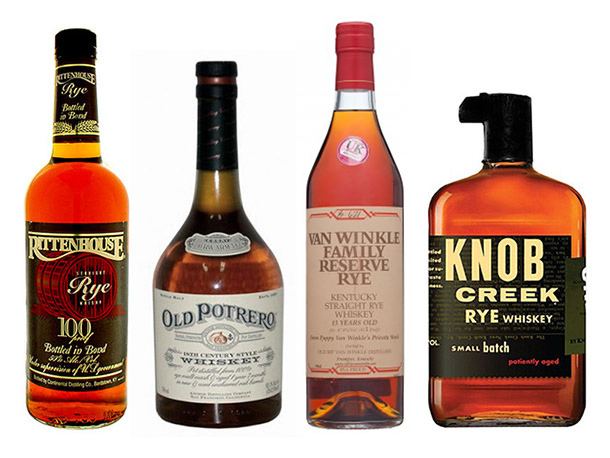
Rye whiskey was historically the prevalent whiskey of the northeastern states, especially Pennsylvania and Maryland. Pittsburgh was the center of rye whiskey production in the late 1700s and early 1800s. By 1808, Allegheny County farmers were selling one half barrel for each man, woman and child in the country. Rye whiskey largely disappeared after Prohibition. A few brands, such as Old Overholt, survived it, although by the late 1960s even Pennsylvania names such as Old Overholt were being distilled mostly in Kentucky. Today, an expanding number of brands are produced by Campari Group (Wild Turkey Rye), Diageo (George Dickel Rye and Bulleit Rye), Heaven Hill (Pikesville Rye and Rittenhouse Rye), Beam Suntory (Old Overholt and Jim Beam Rye), The Sazerac Company (Col. E. H. Taylor, Sazerac Rye, and Thomas H. Handy), and various smaller companies. One notable producer is MGP of Indiana, which is a distiller for many brands marketed by others (including some of the large companies previously listed). Rye has been currently undergoing a small but growing revival in the United States. Since the beginning of the 21st century, many more producers have been experimenting with rye whiskey, and several now market aged rye whiskey. For example, Brown-Forman has also begun production of a Jack Daniel's rye whiskey, releasing unaged and lightly aged as limited editions. A distillery at Mount Vernon, the homestead of George Washington, sells a rye that is said to be like what Washington made.

Because the law in the United States requires any product that is labeled as "Rye Whisky" to meet several requirements including the use of at least 51 percent rye in the mash, the vast majority of Canadian "Rye Whisky" (which, like U.S. Bourbon whiskey, is primarily produced from a corn-based mash) cannot be sold in the United States as "Rye Whisky".
Differences between rye and bourbon

Rye grain is known for imparting what many call a spicy or fruity flavor to the whiskey. Bourbon, distilled from at least 51% corn, is noticeably sweeter, and tends to be fuller bodied than rye. As bourbon gained popularity beyond the southern United States, bartenders increasingly substituted it for rye in cocktails like Whiskey sours, Manhattans, and Old Fashioneds, which were originally made with rye. All other things being equal, the character of the cocktail will be drier with rye.
Canadian rye whisky

Canadian whisky is often referred to as "rye whisky", since historically much of the content was from rye. There is no requirement for rye to be used to make whiskies with the legally identical labels "Canadian Whisky", "Canadian Rye Whisky" or "Rye Whisky" in Canada, provided they "possess the aroma, taste and character generally attributed to Canadian whisky".
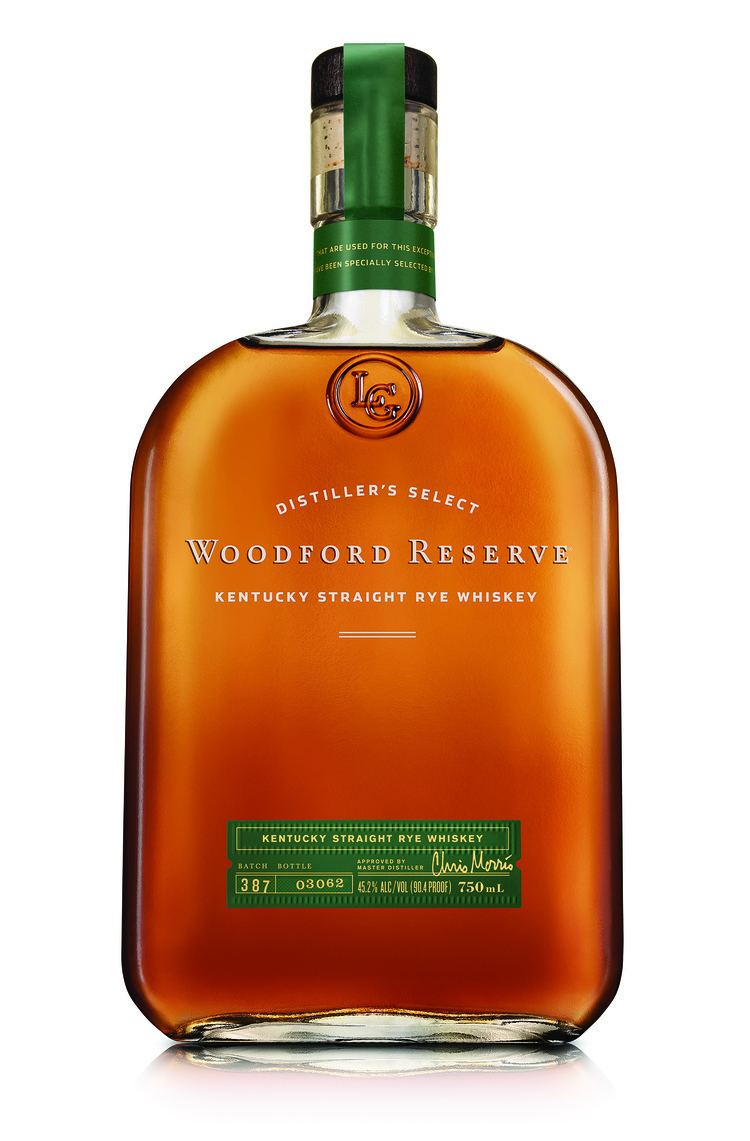
In modern practice, most Canadian whiskies are blended to achieve this character, primarily consisting of a high-proof base whisky typically made from corn or wheat and aged in used barrels, together with a small amount of flavouring whisky made from a rye mash and distilled to a lower proof. In some cases the corn-to-rye ratio may be as high as 9:1. Most contemporary Canadian whiskies contain only a fraction of rye, with the exception of a few brands, such as Alberta Premium and Canadian Club Chairman's Select, which are made from 100% rye mash.
Canadian whisky must be aged in wooden barrels (that are not larger than 700 litres, 150 imp gal, 180 US gal) for at least 3 years (although the barrels need not be new oak, nor charred). This requirement differs from regulations for U.S. blended whiskey, in which the bulk base spirits are not required to be aged.
